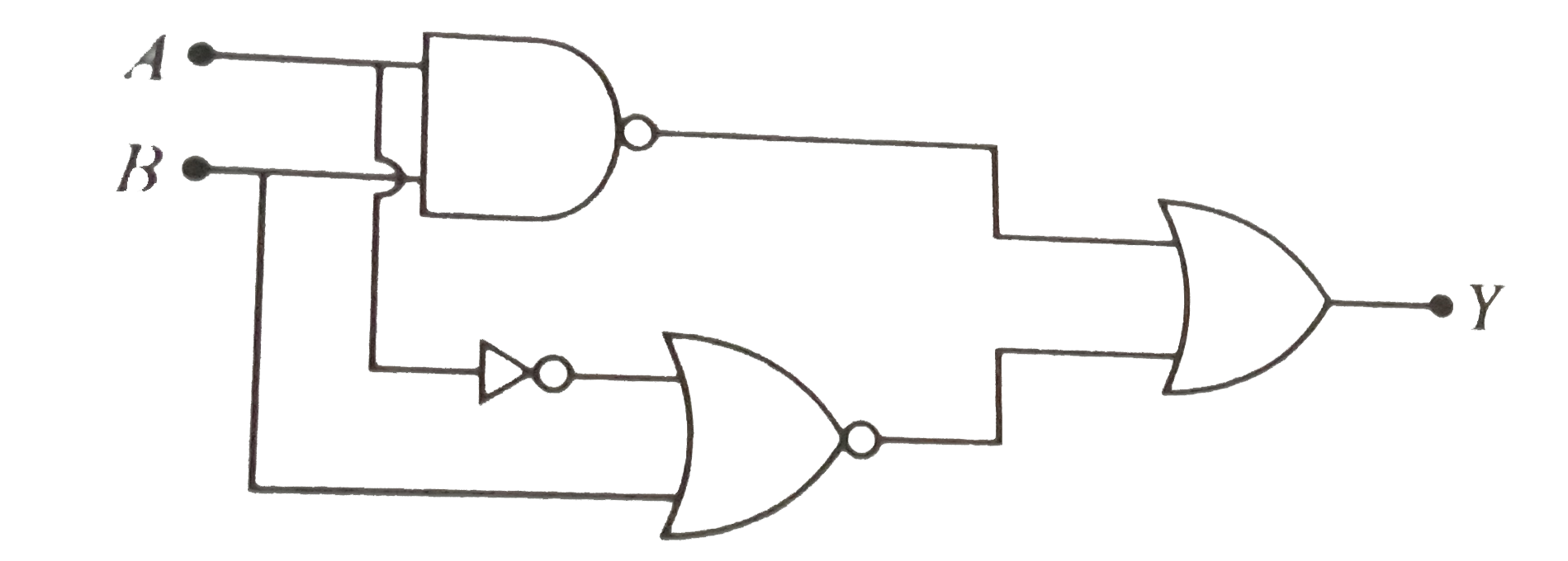Subtracting a term from a given expression is the same as adding its additive inverse to the given expression.
To determine whether the statement "Subtracting a term from a given expression is the same as adding its additive inverse to the given expression" is true or false, we can analyze it step by step.
1. Understanding the Expression:
Let's consider a general expression f(x) and a term h. We want to analyze the operation of subtracting h from f(x).
2. Subtracting a Term:
When we subtract h from f(x), we write it as:
f(x)−h
3. Additive Inverse:
The additive inverse of a term h is defined as the negative of that term, which is −h. This means that if we add −h to f(x), we can express it as:
f(x)+(−h)
4. Rewriting the Expression:
Now, we can rewrite the expression from step 3:
f(x)+(−h)=f(x)−h
5. Conclusion:
Since we have shown that:
f(x)−h=f(x)+(−h)
This confirms that subtracting h from f(x) is indeed the same as adding its additive inverse −h to f(x).
Therefore, the statement is true.
Let's consider a general expression f(x) and a term h. We want to analyze the operation of subtracting h from f(x).
When we subtract h from f(x), we write it as:
f(x)−h
The additive inverse of a term h is defined as the negative of that term, which is −h. This means that if we add −h to f(x), we can express it as:
f(x)+(−h)
Now, we can rewrite the expression from step 3:
f(x)+(−h)=f(x)−h
Since we have shown that:
f(x)−h=f(x)+(−h)
This confirms that subtracting h from f(x) is indeed the same as adding its additive inverse −h to f(x).
Topper's Solved these Questions
- ALGEBRAIC EXPRESSIONSBOOK - NCERT EXEMPLARCHAPTER - ALGEBRAIC EXPRESSIONSEXERCISE - Exercise
94 Videos
- ALGEBRAIC EXPRESSIONSBOOK - NCERT EXEMPLARCHAPTER - ALGEBRAIC EXPRESSIONSEXERCISE - Think and Discuss
1 Video
- ALGEBRAIC EXPRESSIONSBOOK - NCERT EXEMPLARCHAPTER - ALGEBRAIC EXPRESSIONSEXERCISE - Exercise(Fill in the blanks)
15 Videos
- COMPARING QUANTITIESBOOK - NCERT EXEMPLARCHAPTER - COMPARING QUANTITIESEXERCISE - THINK AND DISCUSS
24 Videos
Similar Questions
Knowledge Check
The Boolean expression for the given circuit is
 A¯¯¯¯¯¯¯¯A.BBA+BC¯¯¯A+BDA+¯¯¯B
A¯¯¯¯¯¯¯¯A.BBA+BC¯¯¯A+BDA+¯¯¯BWhich of the following expressions will not be definitely true for the given expression V≥W≥T≤U=S≥R>M>X ?
AV≥TBW≥UCS>MDS>XThe Boolen expression for the circuit given in figure is
 AY=¯¯¯A.B+CBY=¯¯¯A.(¯¯¯B+¯¯¯C)CY=¯¯¯A.(B+¯¯¯C)DY=¯¯¯A.(B+C)
AY=¯¯¯A.B+CBY=¯¯¯A.(¯¯¯B+¯¯¯C)CY=¯¯¯A.(B+¯¯¯C)DY=¯¯¯A.(B+C)
The sum of an integer and its additive inverse is always zero.
View SolutionSubtraction of algebraic expressions
View SolutionWhen 10 is subtracted from each of the given observations, the mean is reduced by 60%. lf 5 is added to all the given observations, the mean will be:
View SolutionGrouping of the terms of an algebraic expression may lead to its factorization.
View SolutionGive expressions in the following cases.
11 subtracted from 2m
View Solution